I went lumber shopping with a new woodworker friend. He’s not a new friend, but he is a new woodworker and he spends more time online than he does in the shop. So, when I turned down Hemlock because I was actually looking for Pine, he pulled up a Wikipedia entry telling me that “Hemlock is basically a different name for pine.” While I want all novice woodworkers to be as confident as him, I don’t want them to be as wrong as him, so I’m writing this post.
Hemlock and Pine are visually similar but vary in strength, hardness, and price points. Pine is slightly cheaper than Hemlock, while Hemlock is at least 20% stronger and 15% harder than the commonly used pine wood.
In this article, you will learn more about the uses, strengths, and drawbacks of both of these wood types so you can avoid the mistake of assuming that these two wood types are interchangeable.
Among other things, you will discover whether the two woods stain the same and which one is more rot-resistant. But before I clarify any of that, I need to establish that Hemlock and Pine are not “basically the same wood.” So, let’s get started.
Is Hemlock The Same As Pine?
Hemlock is not the same as Pine though the two lumbers look similar, which can cause misidentification as well as the misconception that these woods are the same. Hemlock and Pinewoods belong to the same super-category but differ in specific categories.
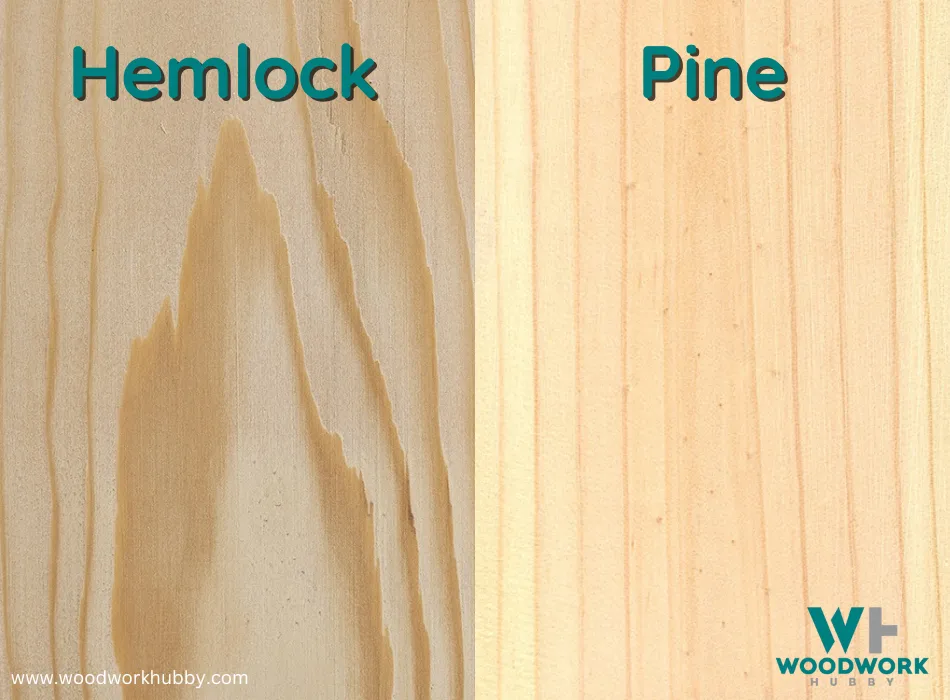
In the comparison below, you will notice a few commonalities and a few differences.
| Table of Difference | Pine Trees | Hemlock Trees |
|---|---|---|
| Foliage | Cone-bearing | Cone-bearing |
| Family | Pinaceae | Pinaceae |
| Sub-Family | Pinoideae | Abietoideae |
| Genus | Pinus | Tsuga |
In common English, the main family name of both these trees is “pine.” This can make things confusing because the Hemlock tree is not the same as a pine wood tree, but Hemlock and Pine both belong to “the pine family.” If you use the scientific name of the family, things are less confusing, and it is clear that both these woods are different.
Here’s a simplified analogy. Let’s suppose you are born into The Goldsmith family. Your younger brother is given the first name Goldsmith. In that case, you’re technically a Goldsmith (member of the Goldsmith family), but you are not Goldsmith (the individual).
Similarly, Pine trees are given an individual name that’s the same as the family name. Hemlock is a Pine (belonging to The Pine family), but it is not Pine (the specific tree).
Aside from the natural categorization differences, Hemlock is also different from pine wood in its uses. That’s why it is important to be able to differentiate between the two wood types, even though they look similar.
What Is Hemlock Wood Used For?
Hemlock wood is used to make weight-bearing furniture like bed frames as well as high-traffic projects like doors and even railway ties. Other uses of Hemlock wood include paneling, crown molding, flooring, and window framing. Hemlock’s project compatibility comes from three of its main properties.
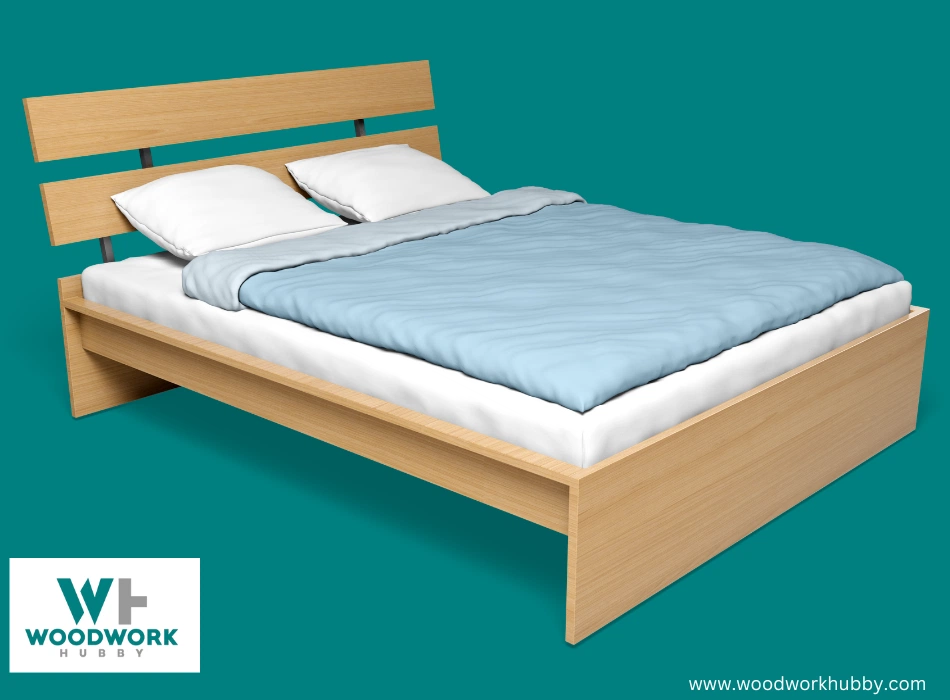
Aesthetics
The visual appeal of hemlock wood can make it great for veneering and art decor. Since it looks close enough to pine wood, the use cases in which Hemlock is chosen for its beauty can also work with pinewood. Hemlock and pinewood are almost interchangeable when used for their visual appeal.
Durability
Hemlock is used in railway ties and load-bearing furniture because it is strong. This use is not interchangeable with pinewood because pinewood isn’t as durable as Hemlock.
Workability
Hemlock is used in moldings, framing, and even veneering because it is very easy to carve and shape it. Pinewood can be more workable than Hemlock in some instances, though. If Hemlock is chosen for any project because of workability only, pinewood can be used to better serve that project.
What Is Pine Used For?
Pine is used for paneling and flooring alongside decorative furniture. Most of these uses are similar to those of Hemlock, except the load-bearing ones. Pinewood carpentry is considered a prestigious affair, and pine furniture qualifies as a luxury purchase in some contexts.
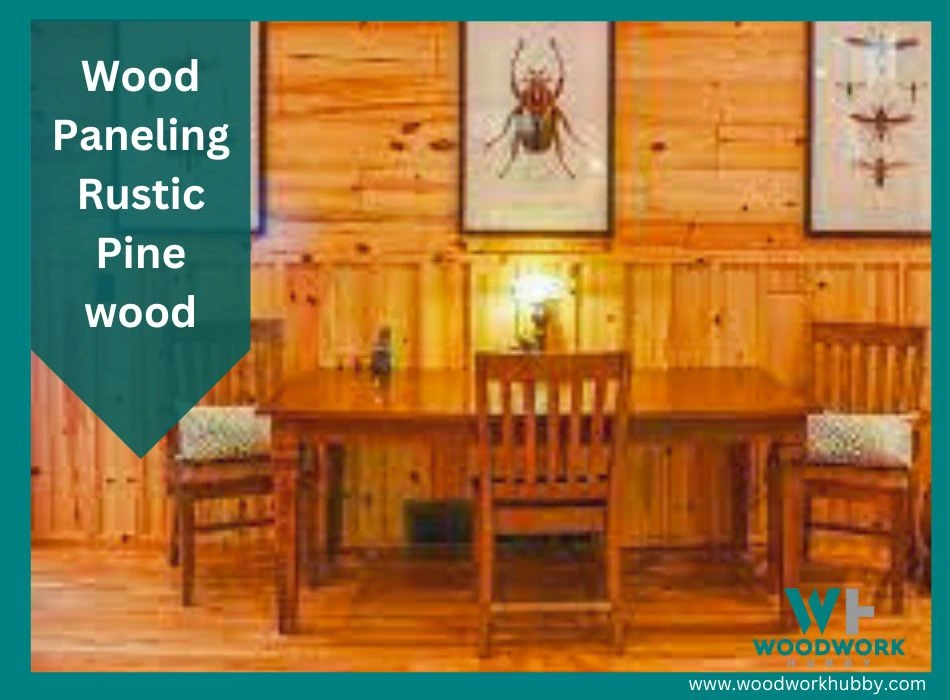
Since Pine is cheaper than Hemlock yet has positive connotations of luxury and visual appeal, you might be better off using Pine for your for-sale projects compared to Hemlock, which is more expensive. But as the usage differences above show, Hemlock and Pine aren’t interchangeable when it comes to load-bearing functions.
Which Is Stronger – Hemlock Or Pine?
Hemlock is stronger than Pine, which is why it is used for load-bearing furniture, while Pine is limited to decor furniture. Strength is the greatest point of difference between these wood types that otherwise belong to the same family.
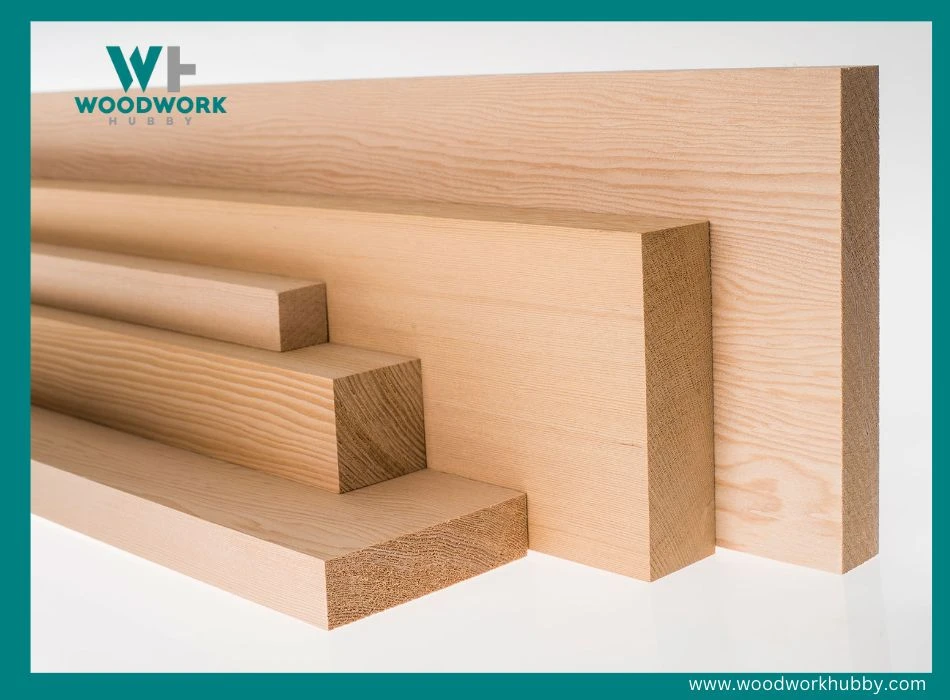
Eastern White Pine has a Janka Hardness of 380 lbf, while Eastern Hemlock, the one most commonly confused with Pine, has a Janka rating of 500 lbf. Hardness is one of the factors that define the ultimate strength of the wood type.
Southern Yellow Pine has a higher Janka rating than Hemlock. There are even harder pine types around, so the answer isn’t applicable to all contexts. Some types of Pine are definitely stronger than Hemlock. But the wood we commonly refer to as Pine is weaker than the wood we commonly refer to as Hemlock.
In my 20 years of woodworking, I have learned to understand that the difference between wood strengths doesn’t equate to a difference in wood value. If Hemlock’s strength made it inherently better than Pine, then Hemlock would have replaced pine wood entirely.
Neither wood type has completely replaced the other because they both have their own advantages and disadvantages.
Advantages And Disadvantages Of Hemlock And Pine
By understanding the strong points of two different lumbers, you can find out which one is better for the specific project you want to execute. Hemlock and pine wood have some advantages that overlap alongside a few drawbacks that are common as well.
These won’t help your decision-making between the two wood types. So, let’s start off with the pros and cons that are exclusive to each wood type.
The advantages of Hemlock (compared to pine wood) are:
- Hemlock is more durable than Pine – Hemlock wood is generally stronger, so it can take a lot more punishment than Pine and other softwoods. It can put up with the weight of a rail for decades, so its durability is clearly beyond question when compared to pine wood.
- Hemlock is harder than Pine – Hemlock is 15% to 20% harder than pinewood. Where Pine’s Janka hardness is 380 lbs, Hemlock’s rating is 500 lbs.
- Hemlock can carry more weight than Pine – Janka hardness and structural durability leads to the same result: proportionate strength. Since Hemlock is more durable and harder than Pine, it is capable of carrying more weight than Pine.
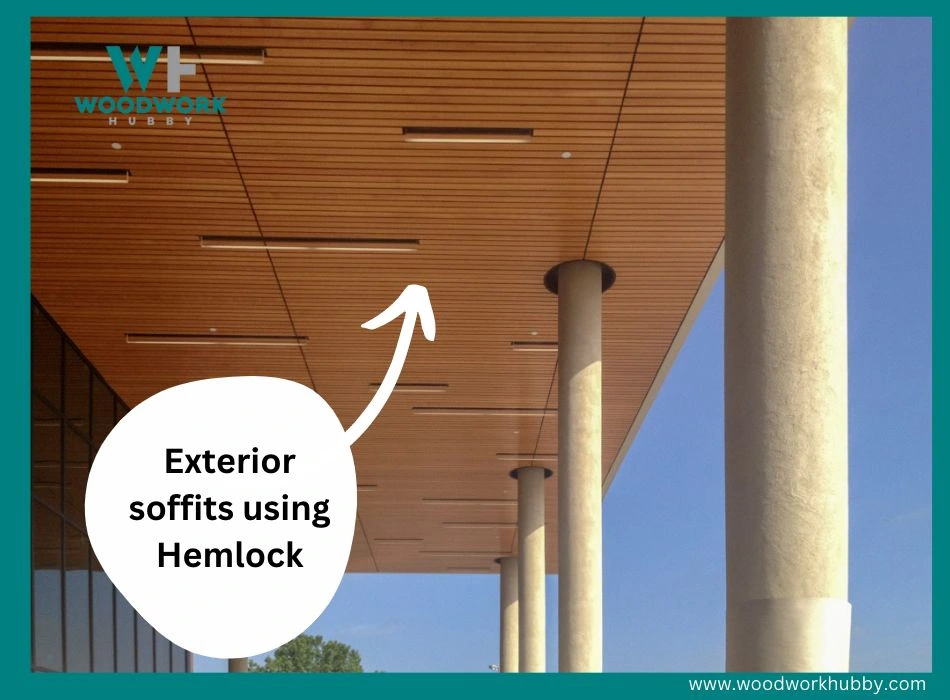
The disadvantages of Hemlock (compared to pine wood are)
- Hemlock is more expensive than Pine – Hemlock’s strength and durability advantages come with a slightly higher price tag. And at least in terms of pricing, that is a drawback, albeit one you might be willing to put up with.
- Hemlock is less water-resistant than Pine – A great advantage that Pine seems to have over Hemlock is its interior resin content, which lines the grain forming canals. Any water that gets splashed onto pine wood can move through these canals without getting absorbed into the wood.
- Hemlock is slightly less workable than Pine – Pinewood is softer, so it is easier to cut and shape. Since the hardness difference isn’t very significant, the workability difference isn’t exaggerated either. Both Pine and Hemlock are pretty workable.
The above advantages and disadvantages flip with the pros of Hemlock becoming cons of Pine and the cons of Hemlock becoming pros of Pine. So, I will not repeat the same thing. Instead, I’ll recap the above in fewer words.
The advantages of Pine (over Hemlock) are its lower price point, higher workability, and better water resistance.
The disadvantages of Pine (compared to Hemlock) are its lower durability, strength, and hardness.
As mentioned earlier, Hemlock and Pine have some collective advantages and drawbacks as well. It is important to know these so you can choose a third wood type that might be even better for your project.
The collective pros of Hemlock and Pine are:
- Aesthetics – Both Hemlock and Pine are beautiful lumbers that can be used for decorative purposes.
- Workability – Despite not being equally workable, hemlock and pine wood have decent workability. They are pretty easy to work with for novices and intermediates too.
- General durability – Both Hemlock and Pine are pretty resilient as long as they are used properly. Hemlock lasts very long in weight-bearing positions, while Pine lasts pretty long outside.
The collective cons of Hemlock and Pine are:
- Hard to identify – Hemlock and Pine are hard to identify. That’s one of the reasons people often assume that both wood types are actually the same.
- Prone to splinters – Both Pine and Hemlock can form splinters. You must be careful when handling them.
- Darken over time – Pine is known to darken over time, but you might not know that even Hemlock darkens to a yellow color eventually.
Does Hemlock Last Longer Than Pine?
Hemlock lasts longer than Pine, but once both woods are treated, they have almost the same durability, which is around 50 years of standard use. Without that, Hemlock can last up to three years, while Pine can last up to two years.
Chemically treating these woods is one option. You can also finish or stain them with a durable coat to improve their longevity. This brings us to the subject of coat adherence. Not all woods are equally receptive to paint and finishes. So, knowing how well a lumber stains is worth considering if you plan to coat it.
Does Hemlock Stain Like Pine?
Hemlock stains well, but the experience of staining it is not similar to that of staining Pine. Pine’s internal valleys allow the stain to pass through easily for some patches while blocking it in other areas.
Hemlock doesn’t have as many issues with stain consistency, but it has a comparatively tougher time absorbing the stain. That’s because Hemlock is far less spongier than other softwoods.
With the technical comparison out of the way, I want to mention that I’ve never found staining either type of lumber problematic. Both woods don’t take too much effort to stain.
Which Wood Is Rot-Resistant – Hemlock Or Pine?
Pine is not rot-resistant, especially when compared to Hemlock, which is packed densely and doesn’t allow water to breach its upper layer.
Hemlock does end up absorbing moisture eventually, but its open pores allow the moisture to escape before it invites rot. Since Pine’s moisture resistance hinges on its resin content, the moment there’s enough water for the pine wood to absorb, it has no choice but to rot.
From a practical point of view, this is not a very useful comparison. In almost all the instances where Pine is at risk of rotting, treated Pine is used. And as mentioned earlier, treated Pine and treated Hemlock have the same longevity.
Cost Comparison Between Hemlock And Pine
Hemlock costs $7 to $8.50 per board foot, while Pine costs up to $8 for the same size. This difference in price makes Pine’s shortcomings worth it for interior use cases that aren’t meant to bear serious weight.
In exterior scenarios, both wood types would need to be treated. In that comparison, the price difference of 50 cents per board foot is fine.
A #2 Grade unit of treated Pine measuring 1 X 4 X 8 costs $5.60, while a similar unit of treated Hemlock costs $5.80. The price difference, alongside the difference in the wood types’ properties, makes a case for one thing: the ability to tell these lumbers apart.
It is clear that you are better off using Hemlock in heavy furniture scenarios and exteriors cases, while you’re better off with Pine for frames and interior sidings. Knowing how to tell these wood types apart will help you get the right lumber for your project.
How To Tell Hemlock And Pine Apart?
To tell Hemlock and Pine apart, you should look at the uniformity of color and the pore size. Hemlock has larger pores and is more uniform in its color. Pine has smaller pores and valley-like grain, with liberally asymmetrical light and dark colors.

Final Thoughts – Hemlock Wood Vs. Pine
Hemlock wood is in the pine family, but standard pine wood is a very specific type of lumber that comes from a different subfamily of pines. In other words, Hemlock and pine wood are cousins.
They share decent workability, visual appeal, and general durability. But more specifically, Pine is more water resistant than Hemlock, and Hemlock is stronger and harder than Pine.





